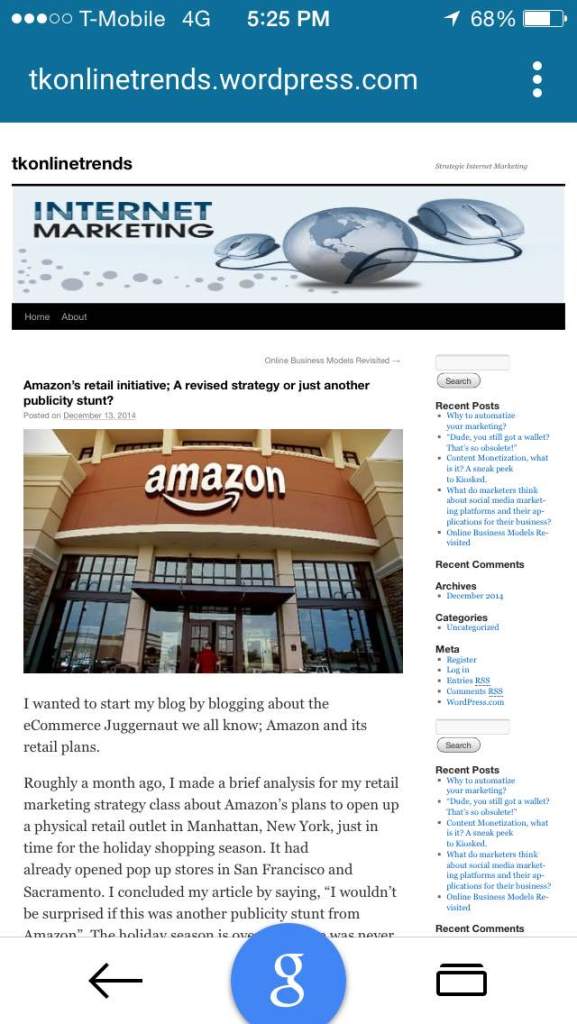According to Kelsey Group’s research, 97% of consumers use the Internet to research products or services in their local area. That’s why SEM is important.
Lets break down the terminology. Yes, there is a difference between the two: Search Engine Marketing refers to all of the forms of Internet marketing that seek to promote to websites by increasing their visibility in search engine result pages. SEM consists of two basic aspects that are Search Engine Optimization (SEO) and Pay-Per-Click (PPC)
Search Engine Optimization (SEO) refers to the process of designing the website code and content so that it so that it would result in higher visibility in one or more search engine’s results. SEO is generally considered as “free” way of optimisation, since in SEO you wont pay for the search engine for optimising your search results. However, I would avoid using “free”, since though there’s no transaction between the company and the search engine, there’s always someone internal or external resource, who has to do the design and optimisation, that is, producing labor costs. Other terms for SEO are organic search, natural search and less frequently, algorithmic search.
Pay Per Click (PPC) refers to paid advertising where by the companies pay for the search engines to arrange and optimise the website’s visibility and/or ranking in the search results of a specific, or multiple search engines. Companies bid on certain “keywords” to rank high in specific search categories using e.g. Google AdWords, which is also often referred to PPC advertising and Cost-Per-Click (CPC).
So what are the advantages and disadvantages of each? Rob Stoke provides a good compilation of the pros and cons of each:

It matters where you rank in the search results. A key term to remember is “Above the fold”, which refers to a search engine results page ranking on the first page that is visible without having to scroll down. Most users will click on the first Google result, and much fewer will click on the second, etc. When you get to the second page, the probabilities for being found by the prospective customer will decrease dramatically. The only time I pay attention to the search results on the second page is when I am desperate to find an answer to something. They say that “the best place to hide a dead body is page 2 of Google search results”, so when optimising through SEO or PPC, make sure your website stays “above the fold”.
http://www.ecreativeim.com/seo-vs-ppc
http://catalog.flatworldknowledge.com/bookhub/19?e=fwk-105454-ch05_s02









